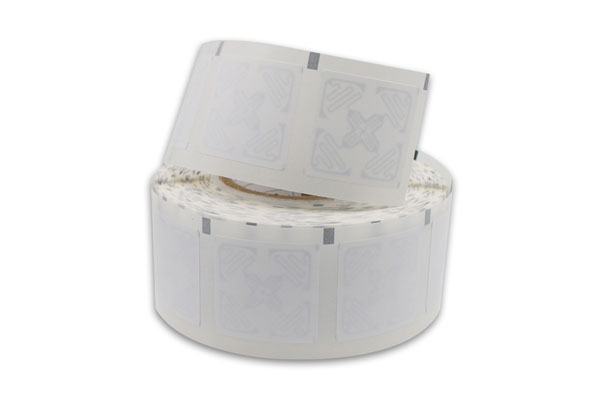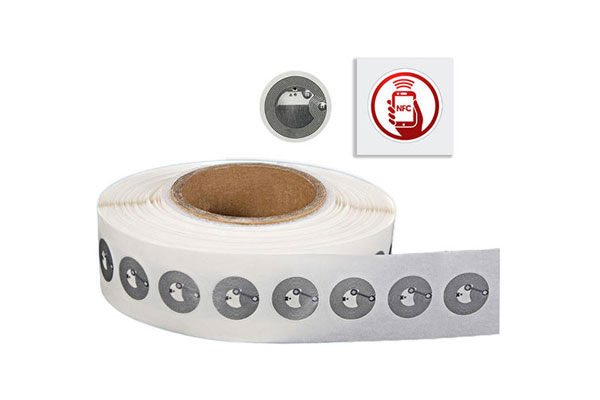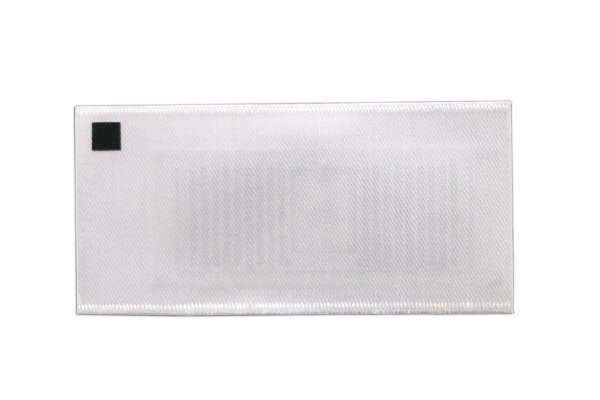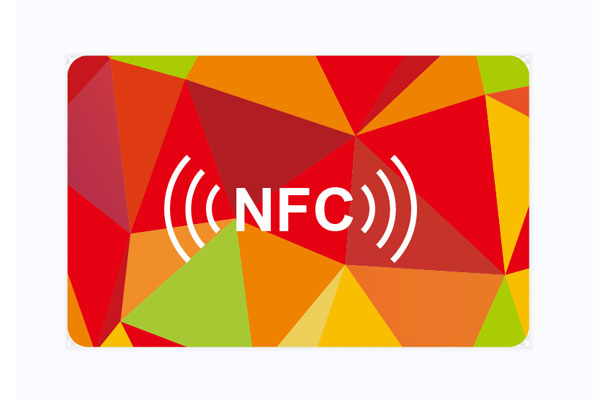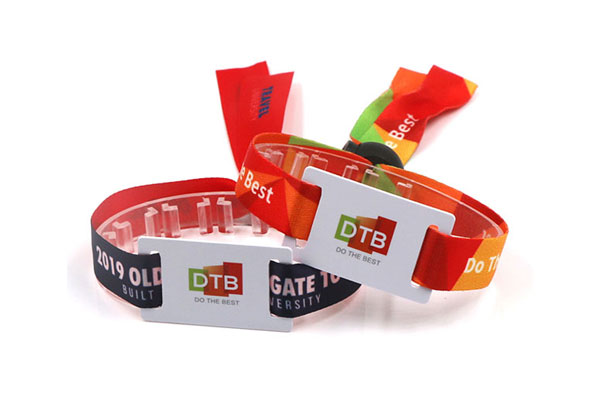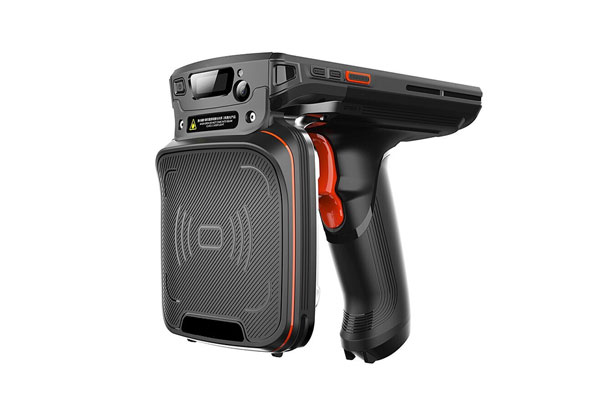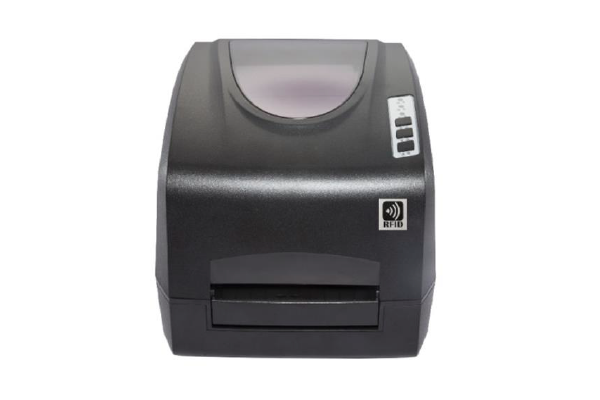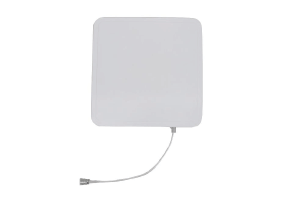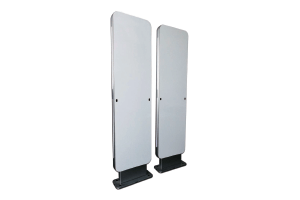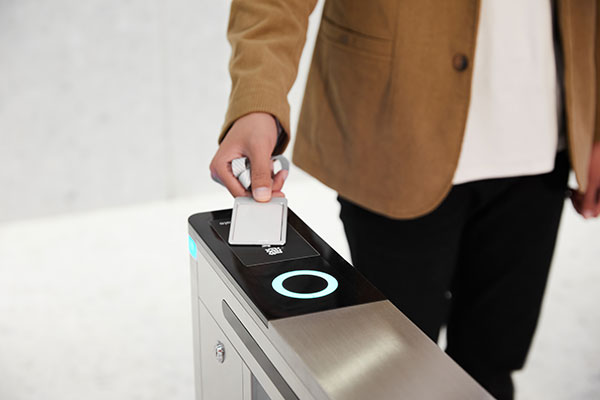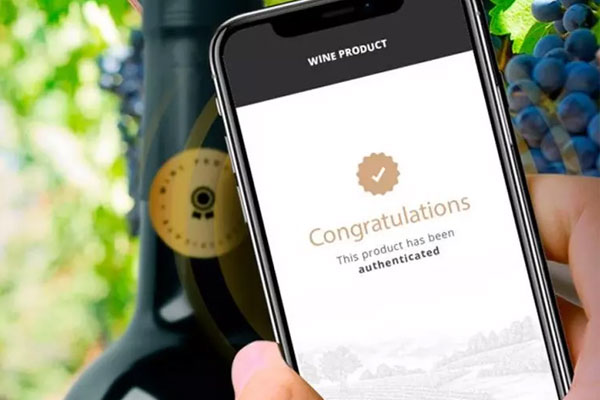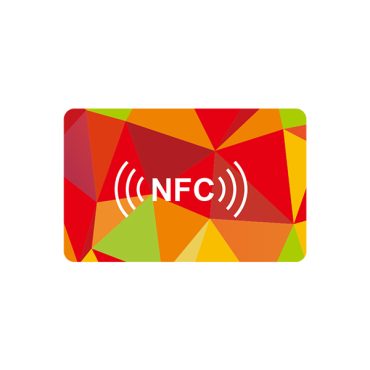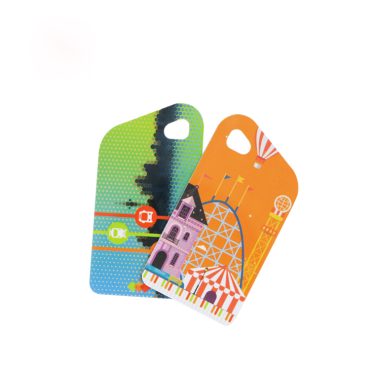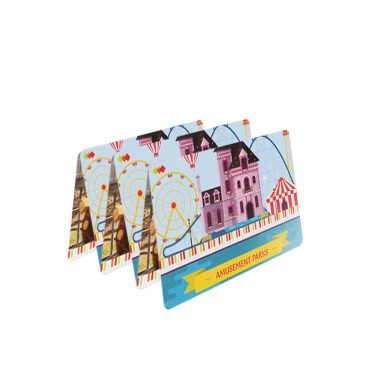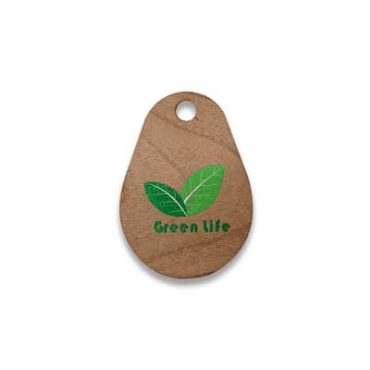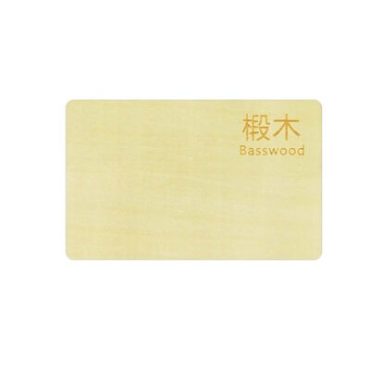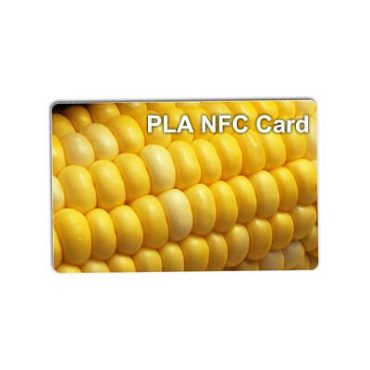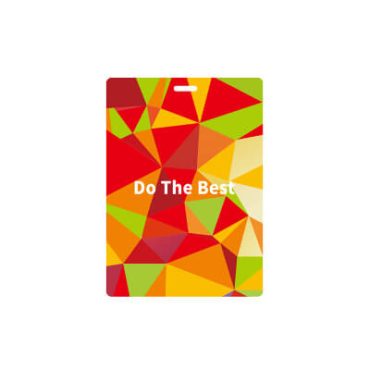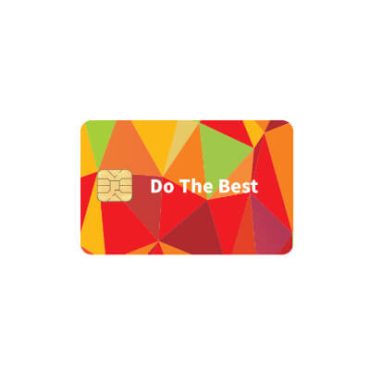NFC/RFID Cards
In today’s technology-driven era, NFC cards and radio frequency identification (RFID) cards are becoming popular choices for various applications. Both technologies allow for contactless data exchange, and while they may seem similar, they have different features making them suitable for distinct uses. Let’s delve deeper into these fascinating realms.
NFC cards, stemming from RFID technology, operate within the radio frequency of 13.56 MHz. They are typically used for contactless payment systems, identification, card keys, and more. NFC’s prominent feature is its simple and safe way to enable two-way interactions between electronic devices, particularly for smartphones that can interact with NFC tags or other NFC-enabled devices.
NFC is an intuitive technology. Its ability to support communication between two active devices not only means we can use it for contactless payment but also for exchanging images, virtual business cards, or digital content, just by bringing two smartphones together. As a result of this flexibility, NFC card usage spans various industries, ranging from payment systems and digital advertising to public transportation and healthcare applications.
On the other hand, RFID cards operate in three frequency ranges: Low Frequency (125~134 KHz), High Frequency (13.56 MHz), and Ultra High Frequency (860~960 MHz). They have a broad range of applications primarily due to their read range, which varies from a few centimeters up to several meters. Among these, access management, logistics, and retail inventory management make the most of RFID cards.
RFID cards have the capacity for bulk reading, which enables the simultaneous scanning of multiple items. This feature is especially useful in retail supply chain management where RFID tags attached to items facilitate easy tracking and efficient inventory management.
While both NFC cards and RFID cards have overlapping functionalities – the two-way communication of NFC sets it apart from the read-only RFID system, whereas the extended range and bulk reading ability provide RFID with unique advantages. Both technologies have huge potential, and their adoption and applications continue to grow as use cases expand and technologies advance.
NFC cards and RFID cards, with their distinctive functionalities and applications, significantly impact our lives and continue to form the backbone of a wide array of digital, contactless services. As we continue to embrace a technologically inclined society, we can only expect these technologies to become more ingrained in our everyday activities. Whether it’s opening a door, making a payment, riding a bus, or tracking a shipment, chances are you’re using NFC or RFID technology.

